Home>Articles>How Much Does It Cost To Do Plumbing In A New House
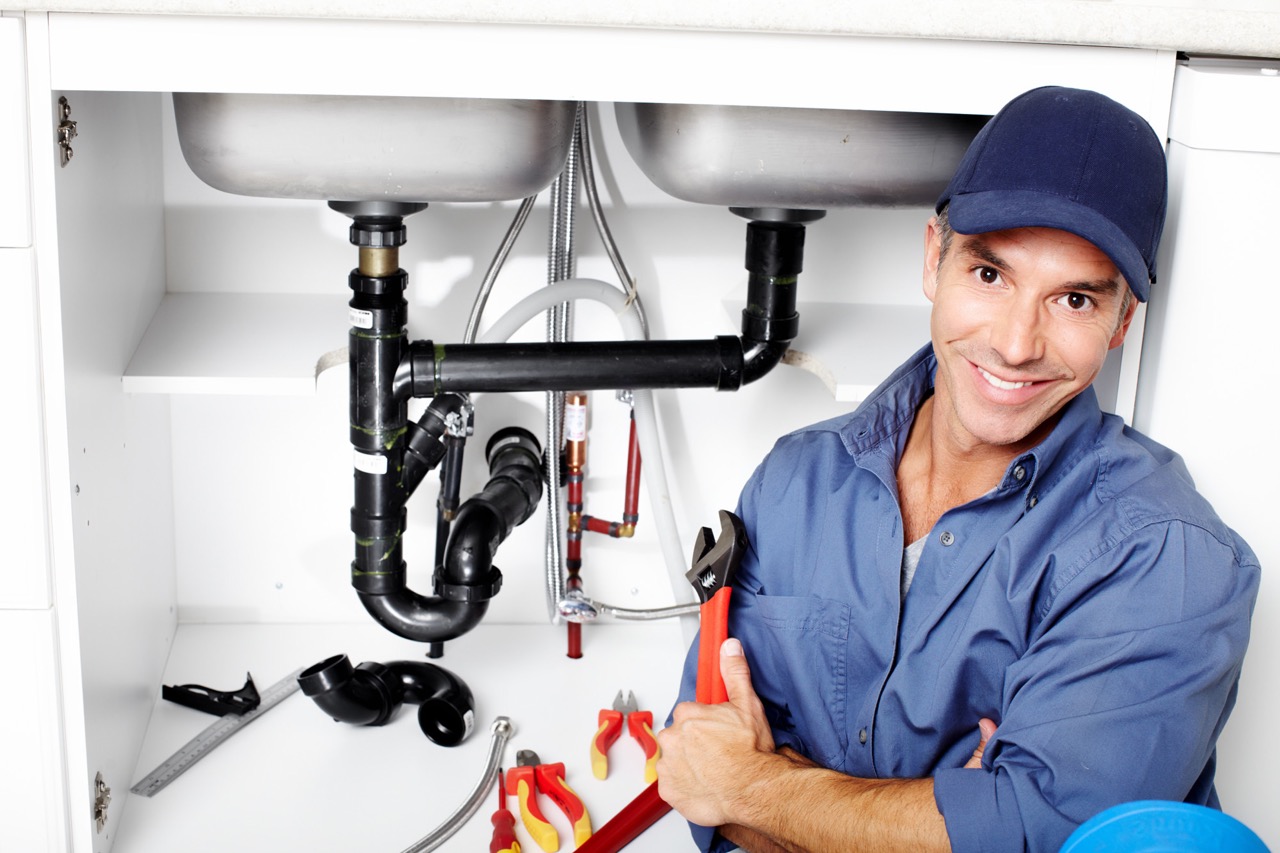

Articles
How Much Does It Cost To Do Plumbing In A New House
Modified: December 7, 2023
Discover the cost of plumbing in a new house and get detailed insights in this informative article. Learn about the factors that affect pricing and find out the average expenses involved.
(Many of the links in this article redirect to a specific reviewed product. Your purchase of these products through affiliate links helps to generate commission for Storables.com, at no extra cost. Learn more)
Introduction
Welcome to the world of plumbing! If you’re planning to build a new house, one of the essential aspects to consider is the plumbing system. From installing pipes and fixtures to ensuring proper water flow and drainage, plumbing plays a vital role in the functionality and comfort of your new home. But how much does it cost to do plumbing in a new house?
In this article, we will explore the factors that affect plumbing costs in a new house, discuss the cost of materials and labor, and delve into additional features that can impact your budget. We’ll also provide some helpful tips for minimizing plumbing costs without compromising on quality. So, grab a wrench and let’s dive in!
Before we get into the nitty-gritty details, it’s important to understand that the cost of plumbing in a new house can vary greatly depending on several factors, such as the size of the house, the complexity of the plumbing system, and the geographical location. So, the figures mentioned here are rough estimates and can vary from one project to another.
Now, let’s look at some of the key factors that can influence the overall cost of plumbing in a new house.
Key Takeaways:
- Plumbing costs for a new house depend on factors like size, complexity, and geographical location. Efficient planning, quality materials, and regular maintenance can help minimize costs without sacrificing functionality.
- Incorporating additional plumbing features like water filtration systems or outdoor kitchens can enhance comfort but may impact overall costs. Careful consideration and balancing cost savings with long-term benefits are essential.
Factors Affecting Plumbing Costs in a New House
When it comes to estimating the cost of plumbing in a new house, several factors come into play. Understanding these factors will help you get a clearer idea of what to expect and allow you to plan your budget accordingly. Here are some key factors that can affect the plumbing costs in a new house:
- Size of the House: The size of your house is one of the primary factors influencing plumbing costs. A larger house will typically require more plumbing fixtures, longer pipe runs, and additional drainage systems. Consequently, the cost of materials and labor will be higher for a larger house compared to a smaller one.
- Complexity of the Plumbing System: The complexity of the plumbing system will also impact the overall cost. If you have multiple bathrooms, a kitchen with a dishwasher and garbage disposal, or special features like a spa or outdoor kitchen, the plumbing system will require more intricate design and installation. This complexity translates to higher material and labor costs.
- Geographical Location: The cost of plumbing materials and labor can vary significantly depending on your geographical location. Factors such as local building codes, availability of skilled plumbers, and the cost of living in your area can affect the overall cost. For example, plumbing costs may be higher in metropolitan areas compared to rural locations.
- Foundation Type: The type of foundation your house has can also impact plumbing costs. Homes with a slab foundation may require extra work to install plumbing pipes beneath the concrete, which can increase labor costs. On the other hand, houses with crawl spaces or basements may offer easier access to the plumbing system, reducing installation costs.
- Additional Features: If you plan to include additional plumbing features in your new house, such as a sprinkler system, water filtration system, or a swimming pool, these will add to the overall cost. These features require specialized equipment and installation expertise, which can drive up the plumbing costs.
By considering these factors, you can develop a more accurate estimate of the plumbing costs for your new house. However, keep in mind that these factors are interconnected, and changes in one aspect may impact the overall cost. Now that we have a better understanding of the factors that affect plumbing costs, let’s explore the cost of materials and labor in more detail in the next section.
Cost of Materials
Materials are a significant component of the overall plumbing costs in a new house. The type, quality, and quantity of materials required will depend on the size of the house, the complexity of the plumbing system, and your personal preferences. Here are some of the essential materials and their estimated costs:
- Pipes: The cost of pipes can vary based on the material used. PVC pipes are commonly used in residential plumbing due to their affordability, with prices ranging from $0.40 to $1.50 per linear foot. Copper pipes, which offer better durability and corrosion resistance, are pricier, ranging from $2 to $4 per linear foot.
- Fittings and Connectors: Fittings, such as couplings, elbows, and tees, are necessary for connecting pipes and ensuring a leak-free plumbing system. The cost of fittings varies depending on the material and size. PVC fittings can cost between $0.50 and $2 per unit, while copper fittings can range from $2 to $10 per unit.
- Fixtures: Plumbing fixtures, such as toilets, sinks, showers, and bathtubs, come in various styles and price ranges. Basic fixtures can cost anywhere from $100 to $500 each, while more high-end fixtures can range from $500 to $2,000 or more, depending on the brand and features.
- Valves and Shut-off Devices: Valves and shut-off devices are essential for controlling water flow in different parts of the plumbing system. Prices can vary depending on the type and quality. For example, a basic shut-off valve can cost around $5, whereas a more advanced pressure-reducing valve can range from $50 to $200.
- Water Heater: If your new house requires a water heater, the cost will depend on the type and size. Conventional tank-style water heaters usually range from $500 to $1,500, while tankless water heaters, which provide on-demand hot water, can cost between $1,000 and $3,000 or more.
These are just some of the primary materials you’ll need for your plumbing system. It’s worth noting that the actual costs may vary based on factors such as brand, supplier, and any additional features or specifications you choose.
It’s essential to work closely with your plumber or contractor to determine the exact materials needed for your specific project and obtain accurate cost estimates. They can recommend the most suitable materials based on your budget and requirements, ensuring a reliable and efficient plumbing system for your new house.
Now that we’ve covered the cost of materials, let’s move on to the next significant component of plumbing costs – labor.
Cost of Labor
The labor cost is another critical factor to consider when estimating the overall plumbing costs in a new house. Hiring skilled plumbers who will install and connect the plumbing system is essential for ensuring its proper functionality. The cost of labor can vary depending on several factors, including the complexity of the plumbing system and the geographical location. Here’s what you need to know about the cost of labor:
Hourly Rates: Plumbers typically charge an hourly rate for their services. The average hourly rate can range from $50 to $150, but keep in mind that this can vary based on the plumber’s experience, location, and the specific tasks involved. More experienced plumbers may charge higher rates, while rates can also be influenced by the competition within your area.
Scope of Work: The complexity and scope of the plumbing system in your new house will impact the labor costs. Installing a basic plumbing system with standard fixtures and a single bathroom may require fewer hours of work compared to a house with multiple bathrooms, specialty fixtures, and additional features like a spa or outdoor kitchen. The more extensive and intricate the plumbing system, the more time it will take to complete the installation, and thus, the higher the labor cost.
Additional Factors: Other factors that can affect labor costs include the timeline for the project, accessibility of the plumbing system, and any necessary modifications or adjustments that need to be made to the existing structure. For instance, if certain areas of the house are difficult to access, such as tight crawl spaces or confined basements, it may require extra time and effort to install the necessary plumbing components, potentially increasing the labor cost.
It’s important to note that the labor cost can sometimes be bundled together with the overall plumbing project, especially if you’re working with a contractor who handles multiple aspects of the construction. In such cases, the labor cost may not be broken down separately, but rather included in the overall project cost.
When hiring a plumber, it’s crucial to gather multiple quotes and compare the rates and services offered. Remember to consider their experience, reputation, and any additional guarantees or warranties they provide. While it may be tempting to choose a plumber solely based on their low rates, it’s crucial to prioritize quality and expertise to ensure a reliable and long-lasting plumbing system for your new house.
Now that we’ve covered the cost of labor, let’s explore another factor that can impact plumbing costs in a new house – the complexity of the plumbing system.
Complexity of Plumbing System
The complexity of the plumbing system in your new house is a significant factor that can influence the overall plumbing costs. A more intricate plumbing system will often require additional materials, labor, and expertise to ensure proper installation and functionality. Here are a few aspects that contribute to the complexity of the plumbing system:
- Number of Bathrooms: The number of bathrooms in your new house directly impacts the complexity of the plumbing system. Each bathroom requires separate hot and cold water supply lines, drainage pipes, and plumbing fixtures. More bathrooms mean more pipes, fittings, and connections, which can increase the overall complexity and cost of the system.
- Specialty Fixtures: If you plan to include specialty fixtures in your new house, such as whirlpool tubs, steam showers, or multiple showerheads, the plumbing system’s complexity will increase. These fixtures often require additional water supply lines, specific fittings, and sometimes even separate plumbing systems to accommodate their unique features. The installation and connections for these fixtures may require more time and expertise, resulting in higher plumbing costs.
- Dual Plumbing Systems: In some cases, new houses may have separate plumbing systems for potable (drinking) water and non-potable water, such as for irrigation or flushing toilets. Having dual plumbing systems adds complexity, as each system requires different piping, connections, and sometimes even separate water sources. The installation of dual plumbing systems can increase the overall cost of the plumbing project.
- Water Pressure Regulation: Proper water pressure regulation is essential for optimal plumbing system performance and longevity. If your new house requires additional pressure regulation systems, such as pressure-reducing valves or expansion tanks, the complexity and cost of the plumbing system will increase. These devices ensure consistent water pressure throughout the house, prevent damage to plumbing fixtures, and protect against potential leaks or bursts.
The complexity of the plumbing system should be discussed with your plumber or contractor during the planning phase. They can assess your specific needs and provide recommendations based on the size of the house, the number of fixtures, and any specialty features you desire. By taking into account the complexity of the plumbing system upfront, you can have a better understanding of the associated costs and ensure that the system meets your needs and adheres to local building codes.
Next, let’s delve into additional plumbing features that can impact the overall cost of plumbing in a new house.
When budgeting for plumbing in a new house, consider factors such as the size of the house, the number of bathrooms and kitchens, the type of pipes and fixtures, and any additional features like a water filtration system or a hot water recirculation pump. It’s also important to factor in the cost of labor and any permits that may be required. Always get multiple quotes from reputable plumbers to ensure you’re getting a fair price.
Additional Plumbing Features
When planning the plumbing system for your new house, you may want to incorporate additional features that go beyond the basic necessities. These additional plumbing features can enhance the functionality, convenience, and comfort of your home but may also impact the overall cost. Here are some popular additional plumbing features and their potential effects on plumbing costs:
- Water Filtration System: Installing a water filtration system can ensure clean and safe drinking water throughout your house. This feature involves additional equipment, such as filtration units, water softeners, and purification systems, which can add to the upfront plumbing costs.
- Sprinkler System: If you have a lawn or garden that requires regular watering, you may consider installing a sprinkler system. This feature requires additional piping, valves, and sprinkler heads, along with a control system. The complexity and size of the sprinkler system will impact the cost of installation.
- Outdoor Kitchen: If you plan to have an outdoor kitchen in your new house, including a sink, dishwasher, and other plumbing fixtures, you’ll need to consider the additional plumbing requirements. Running water and drainage will need to be extended outside, which may require trenching and additional connections, increasing the overall plumbing costs.
- Swimming Pool or Spa: Building a swimming pool or spa is a major addition to your new house and typically involves a separate plumbing system. The cost of installing pool plumbing, including circulation pumps, filters, and drains, can significantly impact the overall plumbing budget.
- Smart Home Integration: If you’re looking to incorporate smart home technology into your new house, you may want to consider features such as smart thermostats, leak detection systems, or remote-controlled faucets. The installation and integration of these high-tech plumbing features can contribute to the overall cost.
It’s important to carefully evaluate the benefits and costs of these additional plumbing features. While they can enhance the functionality and enjoyment of your new house, they may also require additional investment in terms of materials, labor, and ongoing maintenance. Discuss your plans with your plumber or contractor to get a clear understanding of the associated costs and ensure compatibility with the overall plumbing system.
Now that we’ve explored additional plumbing features, let’s move on to the administrative and regulatory aspects that can influence plumbing costs in a new house – permits and inspections.
Cost of Permits and Inspections
When planning the plumbing for your new house, it’s important to consider the administrative and regulatory requirements that come along with it. Obtaining permits and scheduling inspections are crucial steps in ensuring that your plumbing system meets safety standards and complies with local building codes. Here’s what you need to know about the cost of permits and inspections:
- Permits: Before starting any plumbing work, you’ll likely need to obtain permits from your local building or housing department. The cost of permits can vary depending on your location and the scope of the project. Permit fees typically range from $50 to several hundred dollars, and in some cases, they may be calculated based on the value of the plumbing project.
- Inspections: During the construction process, inspections are typically required to verify that the plumbing work meets safety and code requirements. These inspections may be conducted at different stages, such as before the installation of pipes, after the completion of rough-ins, and before the final closure of walls. The cost of inspections is usually included in the permit fees, but additional fees may apply for re-inspections or if there are delays or modifications to the plumbing system.
It’s essential to consult with your local authorities or building department to obtain specific information about the permit requirements and associated fees. Make sure to factor the cost of permits and inspections into your overall plumbing budget and ensure that you allocate the necessary resources to complete these administrative obligations.
Keep in mind that failure to obtain proper permits or comply with building codes can result in fines, delays, or even the need to redo the plumbing work, which can be costly and time-consuming. It’s always best to work with licensed plumbers or contractors who are familiar with the local regulations and can ensure that your plumbing system meets the necessary standards.
Now that we’ve covered the cost of permits and inspections, let’s move on to some tips for minimizing plumbing costs in a new house.
Tips for Minimizing Plumbing Costs in a New House
Building a new house is an exciting venture, but it can also come with a hefty price tag. To help minimize the plumbing costs without compromising on quality, here are some useful tips to consider:
- Plan Ahead: Proper planning is crucial to avoid costly changes or modifications later on. Work closely with your plumber or contractor to develop a detailed plumbing plan that takes into account your specific needs. This will help minimize the need for costly revisions during the construction process.
- Consider Efficiency: Opt for energy-efficient plumbing fixtures and appliances that can help reduce water consumption and utility bills in the long run. Look for products with the WaterSense label, which indicates that they meet strict efficiency criteria set by the Environmental Protection Agency (EPA).
- Choose Quality Materials: Investing in high-quality plumbing materials can save you money in the long term. Quality pipes, fittings, and fixtures are less likely to fail or require frequent repairs, reducing maintenance costs and potential water damage expenses over time.
- Compare Quotes: Get multiple quotes from different plumbers or contractors to compare prices and services. Be cautious of significantly low bids, as they may indicate subpar workmanship or the use of lower-quality materials. Strike a balance between affordability and quality when choosing a professional for your plumbing project.
- Maintain Regular Maintenance: Stay proactive with plumbing system maintenance to identify and address potential issues early on. Regular inspections, cleaning of drains, and addressing leaks promptly can prevent costly repairs or replacements in the future.
- Consider Long-Term Benefits: While some plumbing features may have higher upfront costs, consider their long-term benefits. Features like a water filtration system or efficient water heaters can save you money on bottled water expenses or energy bills over time.
- Be Mindful of Placement: During the construction phase, carefully consider the placement of plumbing fixtures. Concentrating plumbing fixtures in close proximity can help reduce the length of pipe runs, minimizing material and labor costs.
- Educate Yourself: Take the time to educate yourself about basic plumbing maintenance and repair tasks. Small issues like unclogging drains or replacing washers can be easily handled by homeowners, saving on service call fees for minor repairs.
By incorporating these tips into your new house plumbing project, you can help keep costs in check while ensuring a reliable and efficient plumbing system. Remember, though, that plumbing is not an area where you want to cut corners excessively. It’s essential to strike a balance between cost savings and long-term functionality to avoid potential problems down the line.
Now that we’ve covered some cost-saving tips, let’s wrap up our discussion.
Conclusion
Designing and installing the plumbing system in a new house may seem like a daunting task, but understanding the factors that influence the plumbing costs can help you plan and budget effectively. Factors such as the size of the house, complexity of the plumbing system, additional features, and even the cost of permits and inspections all play a role in determining the overall cost of plumbing.
By carefully considering these factors, you can make informed decisions and take steps to minimize costs without compromising on the quality and functionality of your plumbing system. Proper planning, choosing efficient fixtures, using quality materials, and regular maintenance are just a few ways you can keep plumbing costs in check while ensuring long-term durability and efficiency.
Remember to work closely with licensed plumbers or contractors who have experience in new house plumbing to ensure compliance with local building codes and achieve the desired results. Gathering multiple quotes and comparing services can help you choose the best professional for your project.
As you embark on your journey to build your new house, don’t forget about the importance of plumbing. It may be behind the walls, but it plays a vital role in your daily life. By taking the time to understand the factors that influence plumbing costs and implementing cost-saving strategies, you can create a reliable and efficient plumbing system that will serve you and your family for years to come.
Frequently Asked Questions about How Much Does It Cost To Do Plumbing In A New House
Was this page helpful?
At Storables.com, we guarantee accurate and reliable information. Our content, validated by Expert Board Contributors, is crafted following stringent Editorial Policies. We're committed to providing you with well-researched, expert-backed insights for all your informational needs.
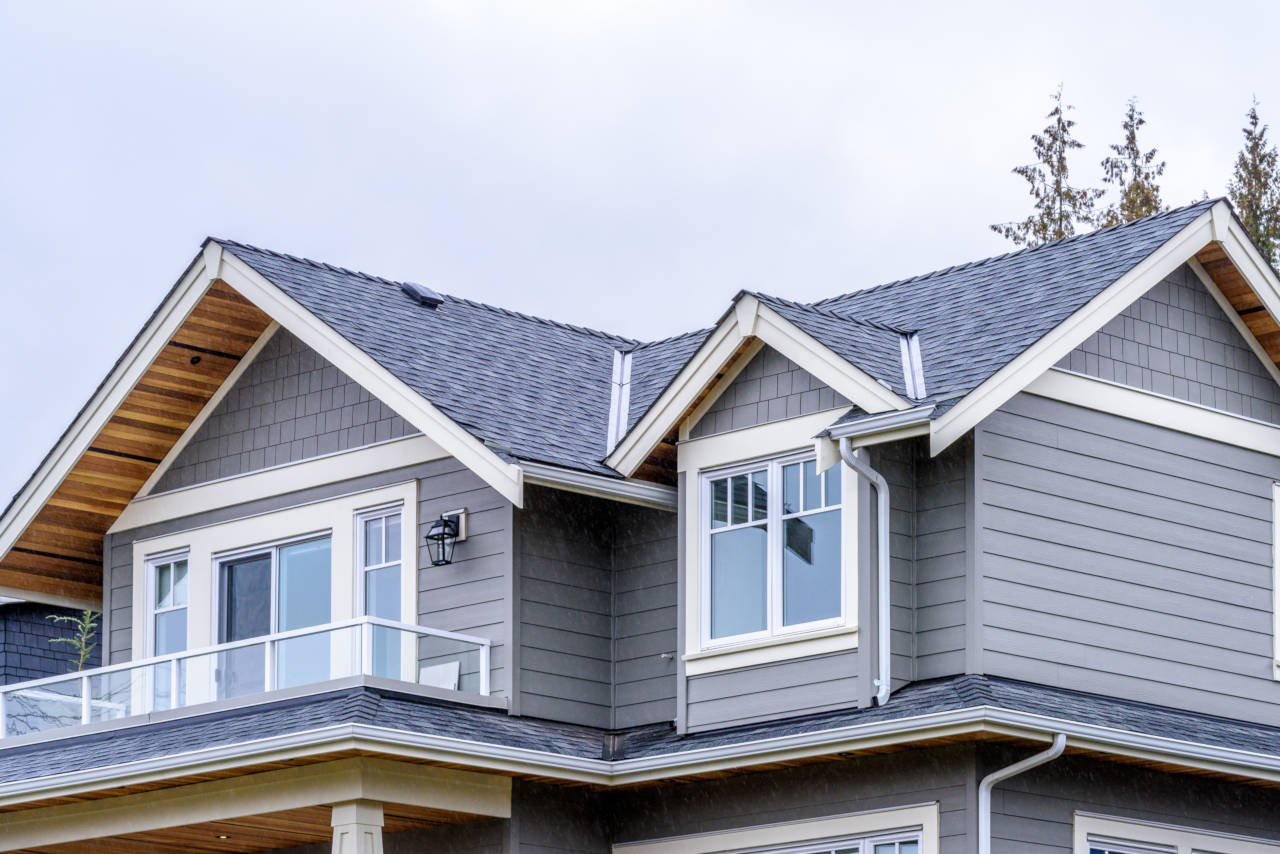
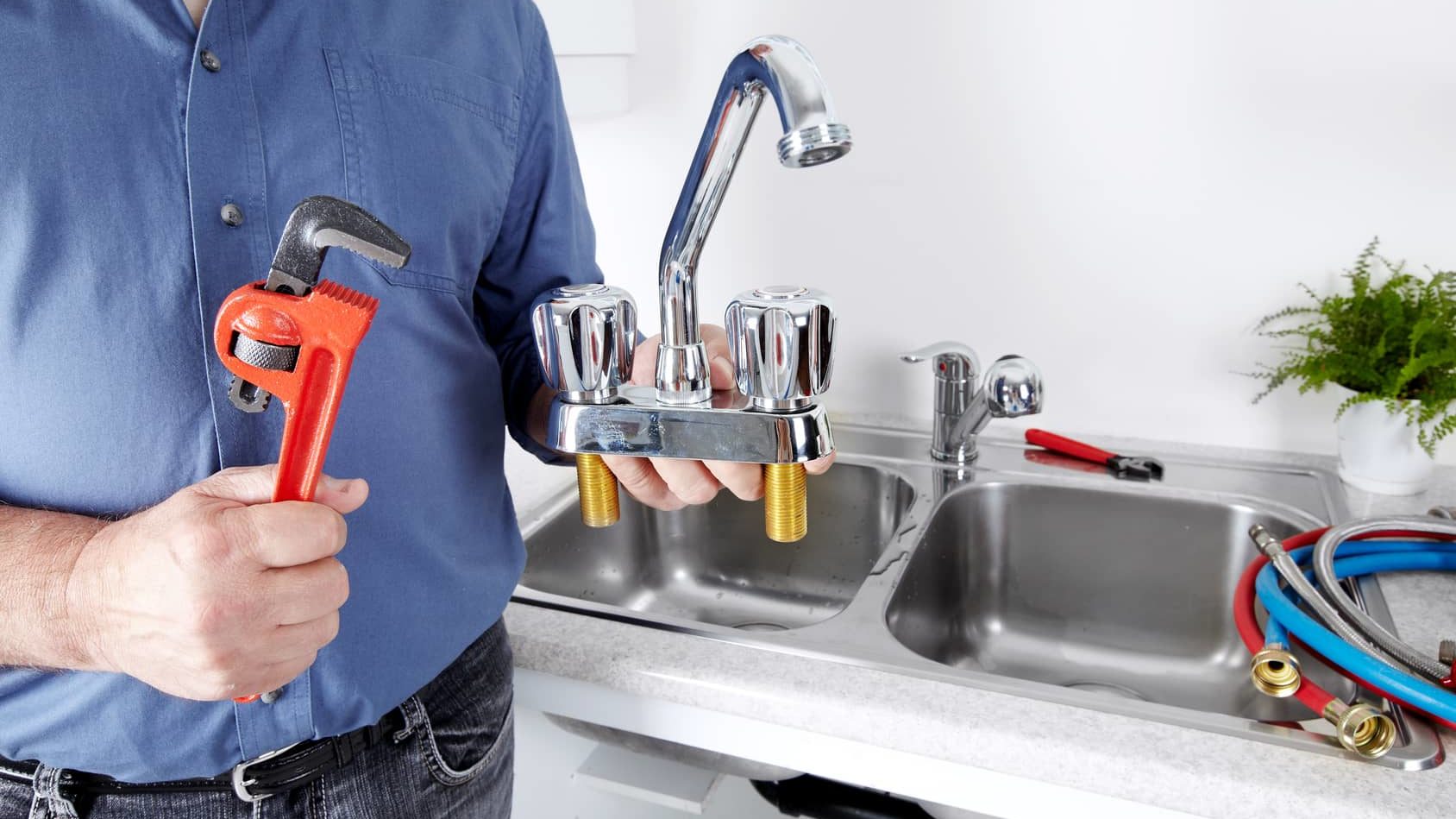
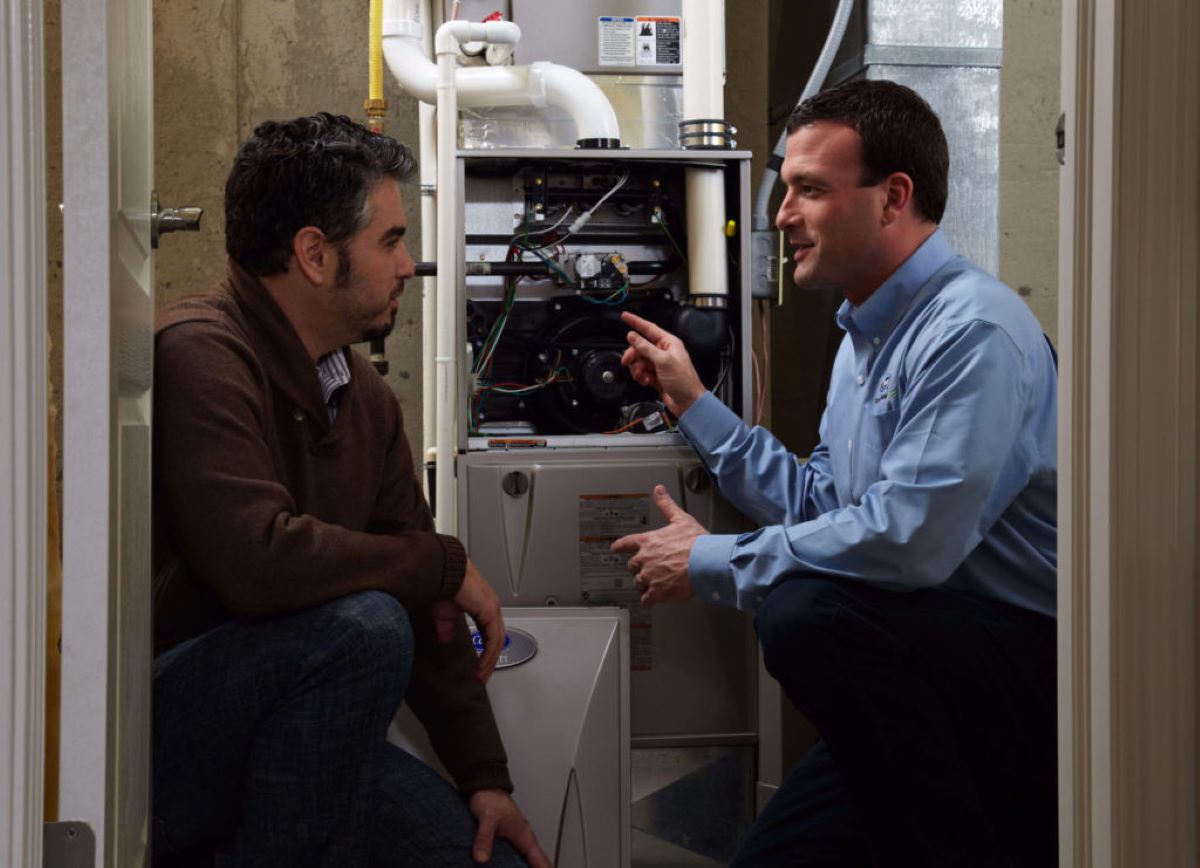
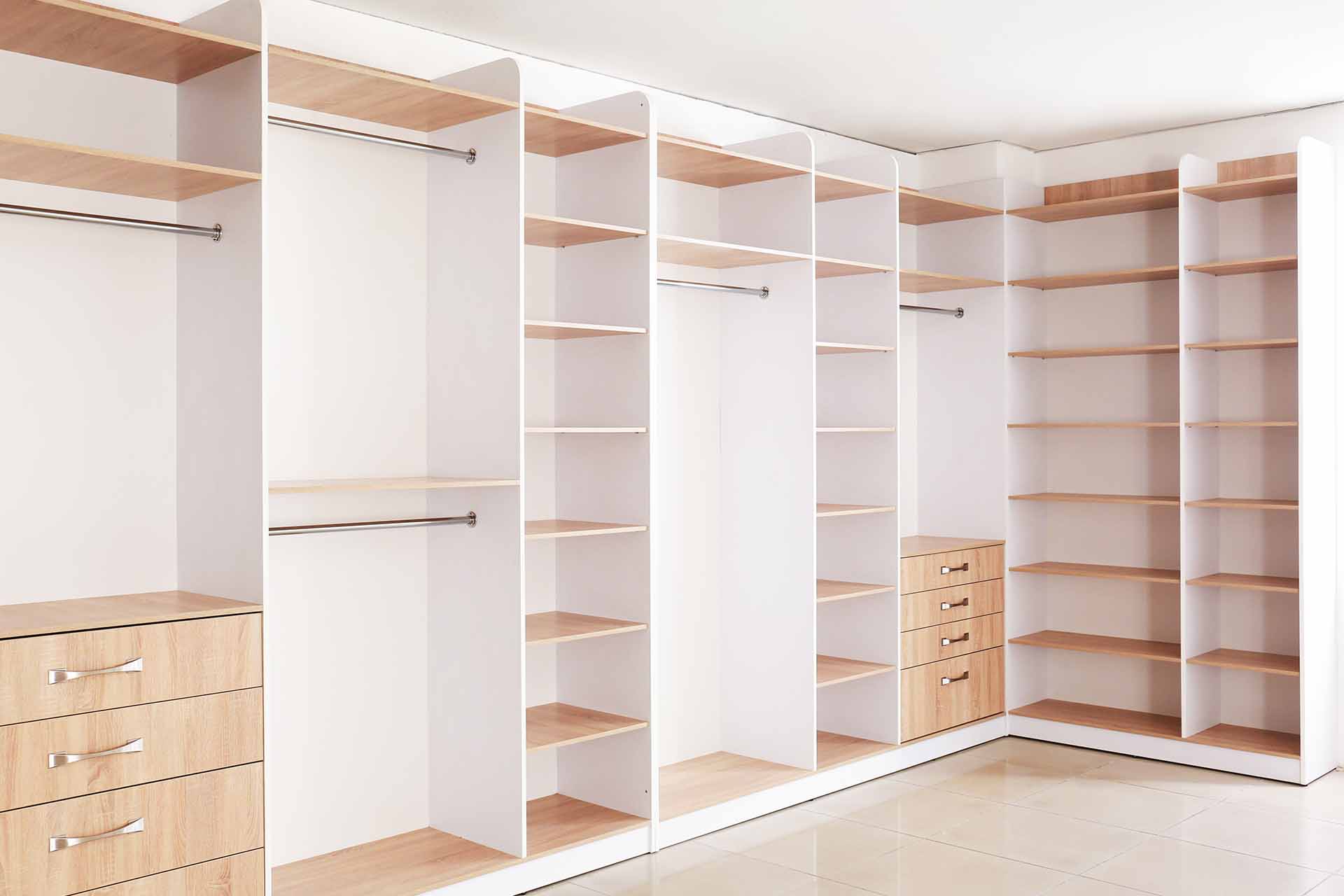
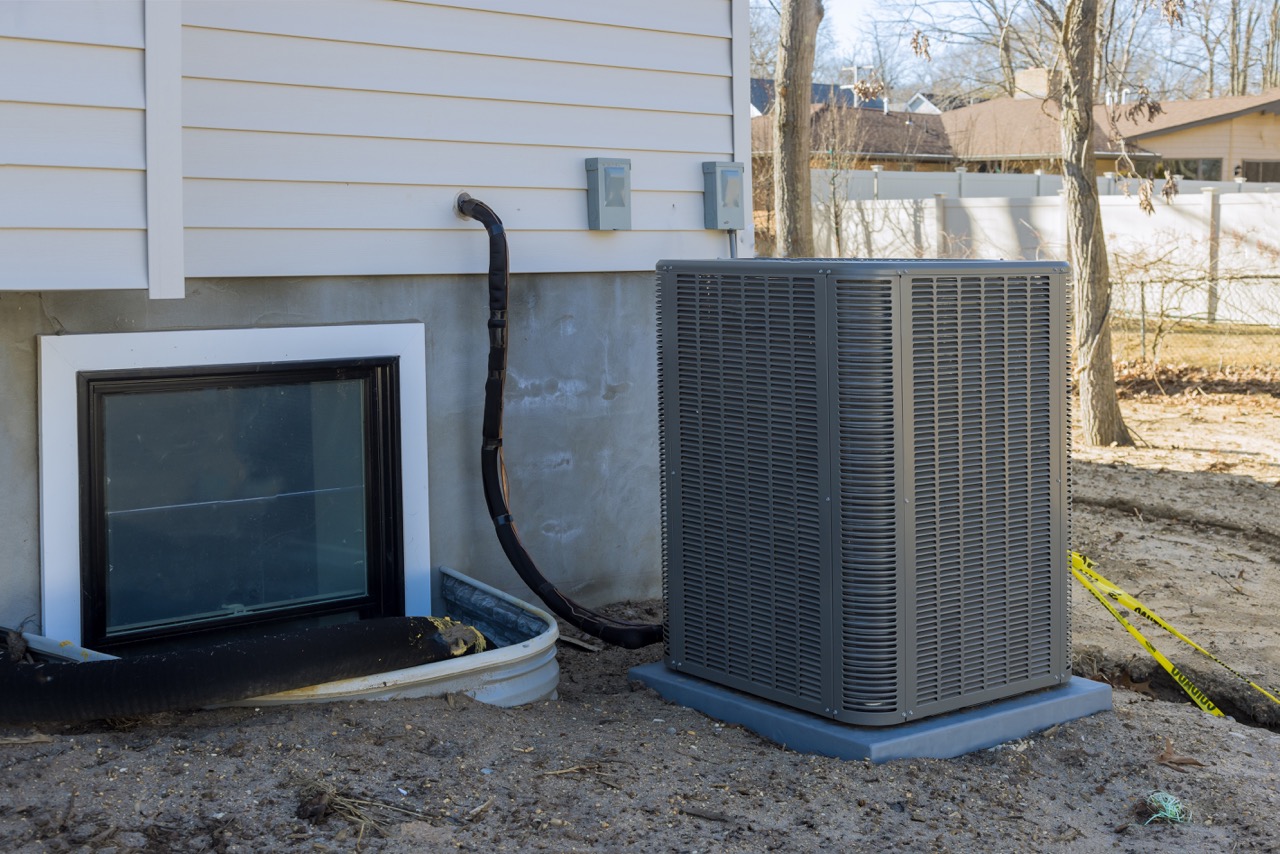
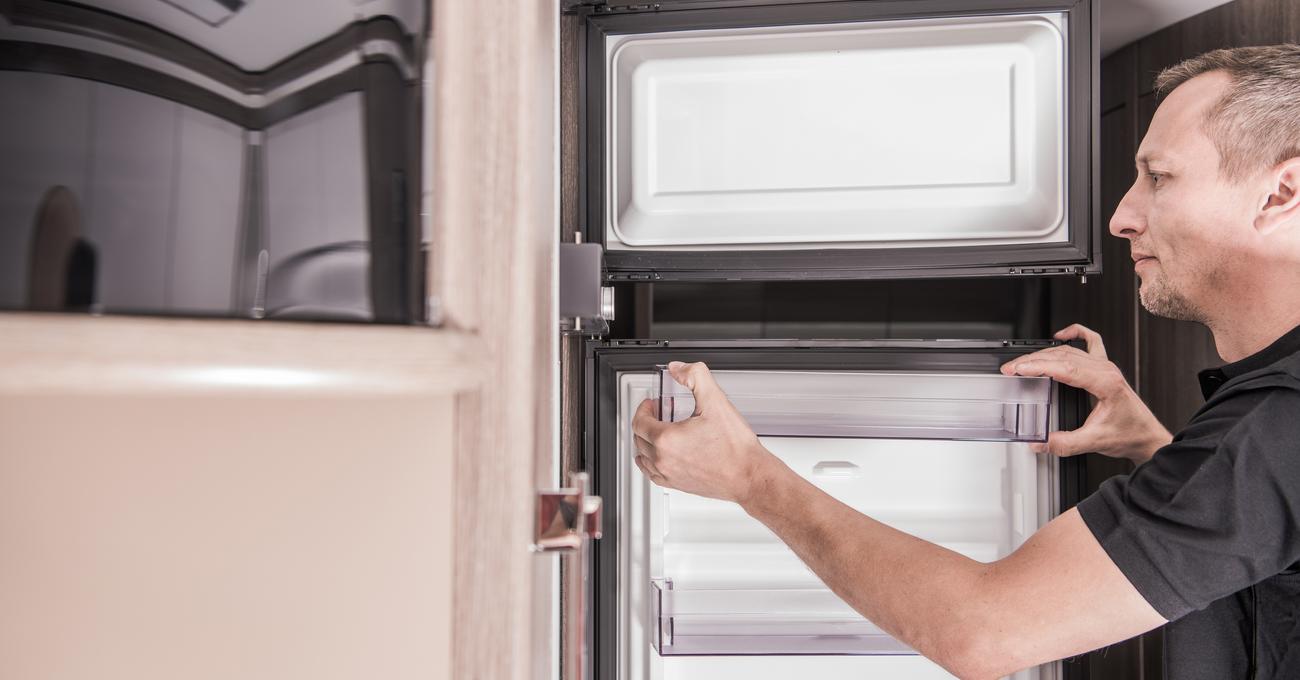
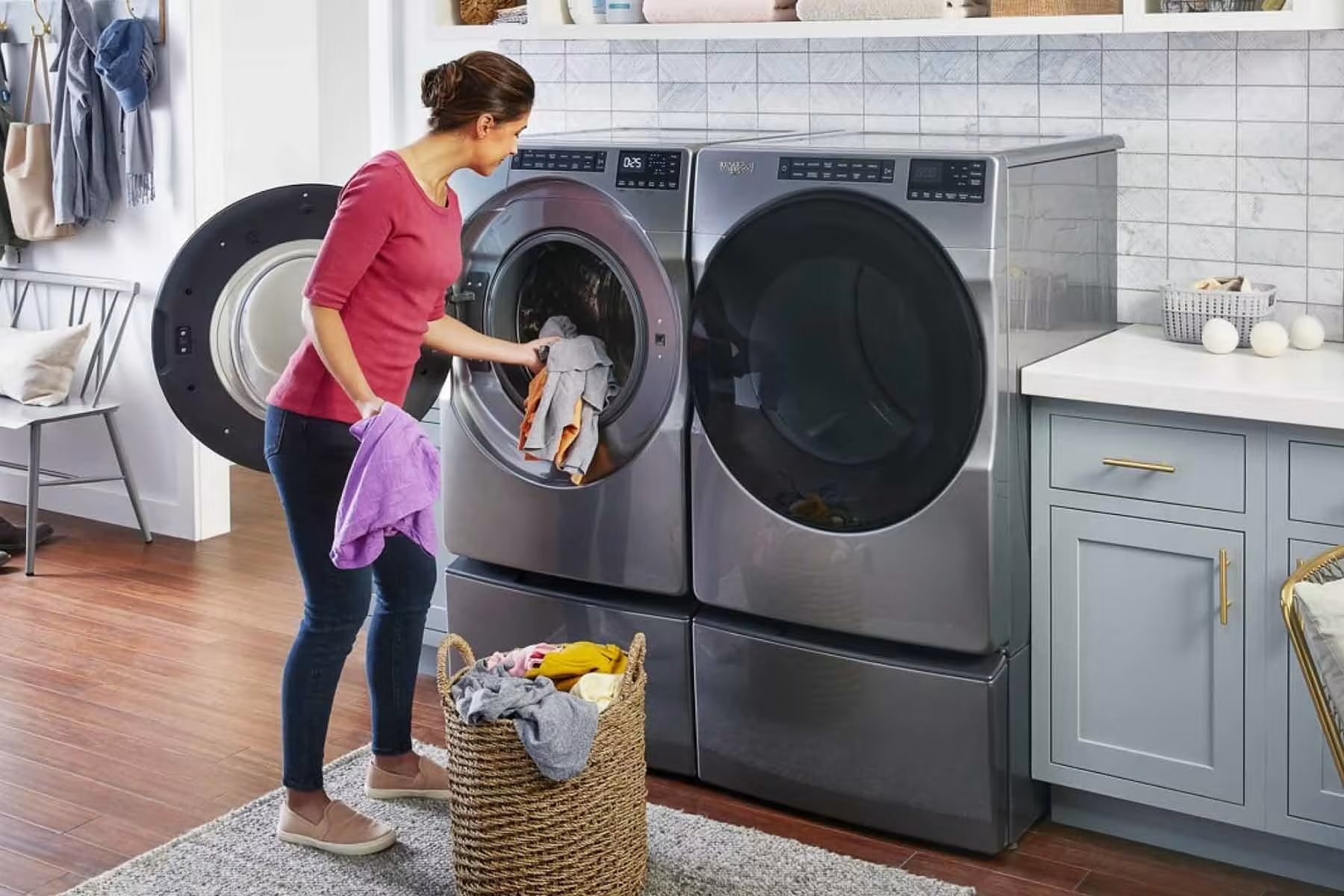
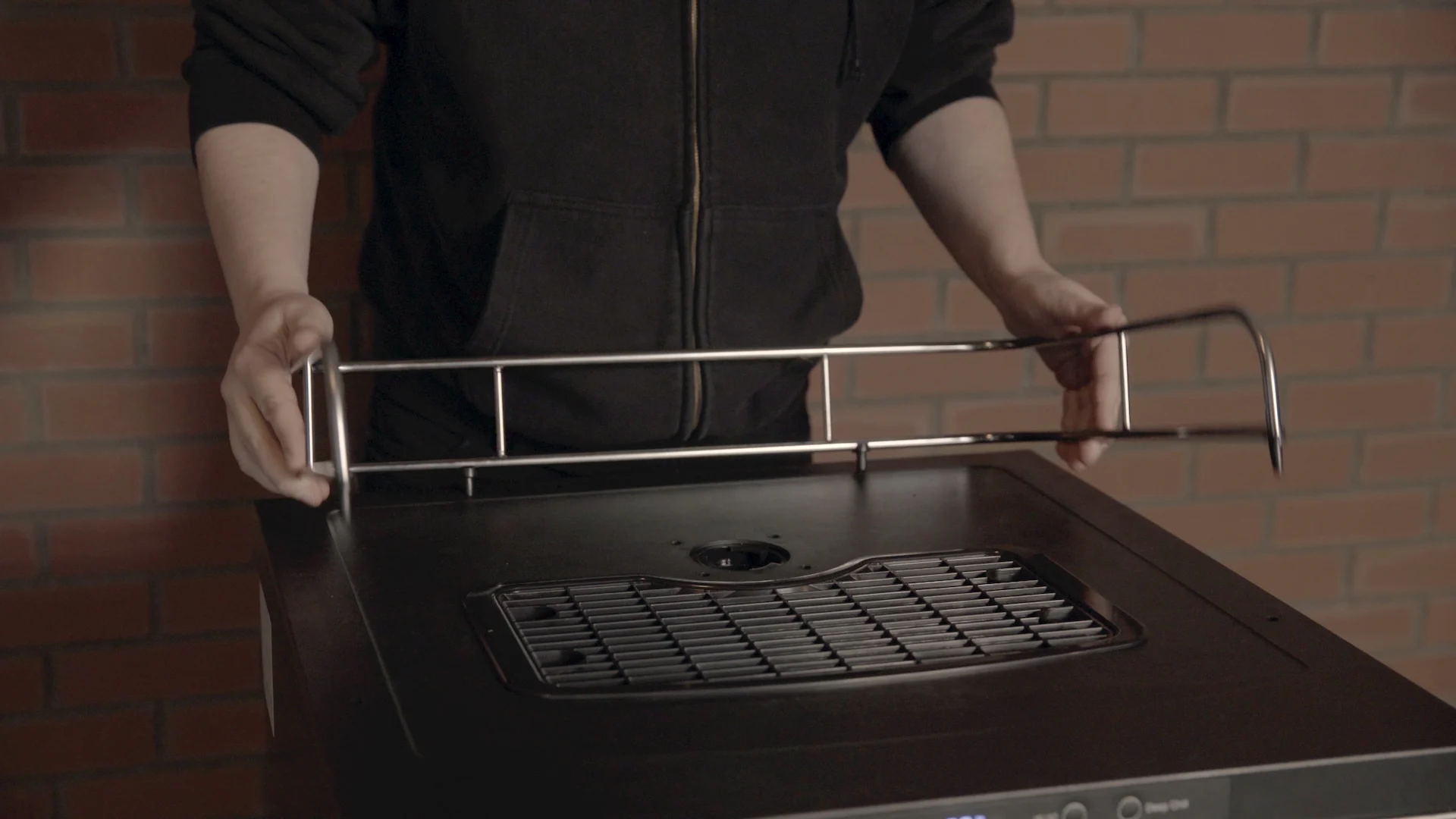
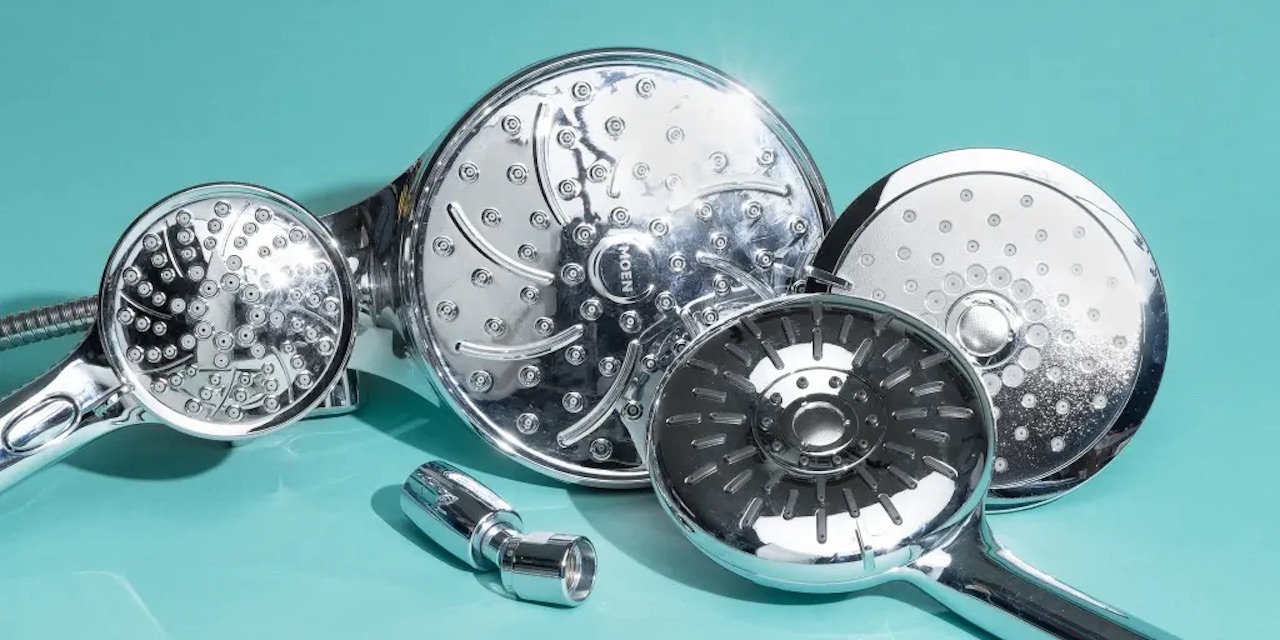
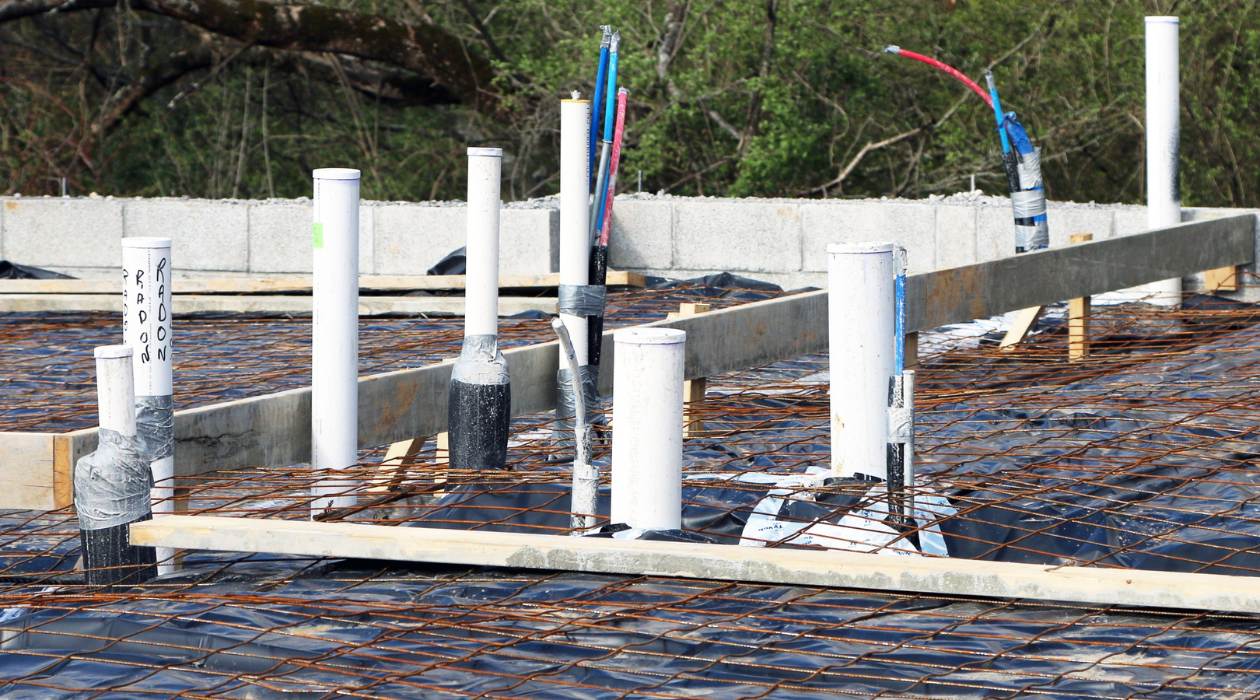
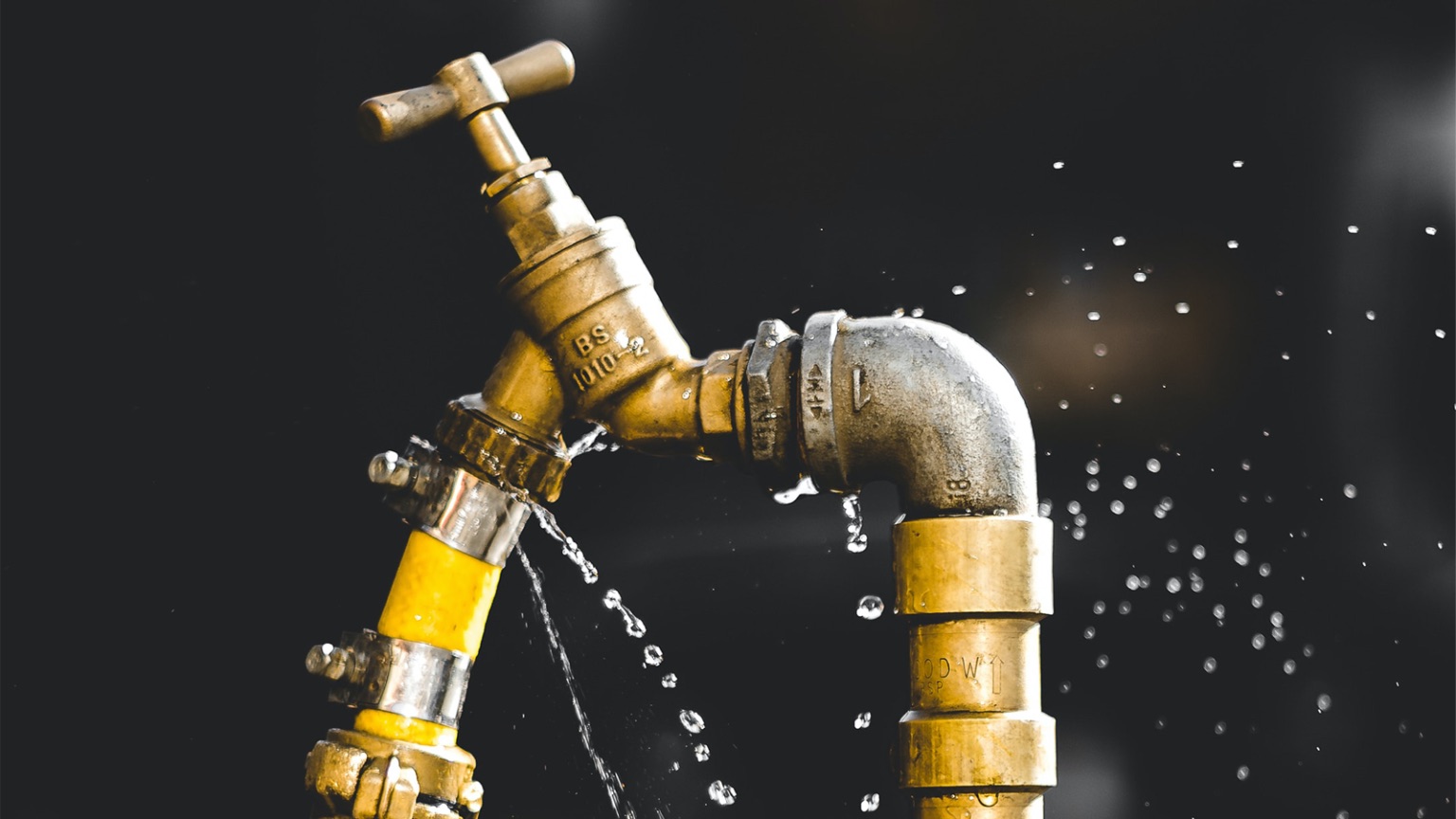
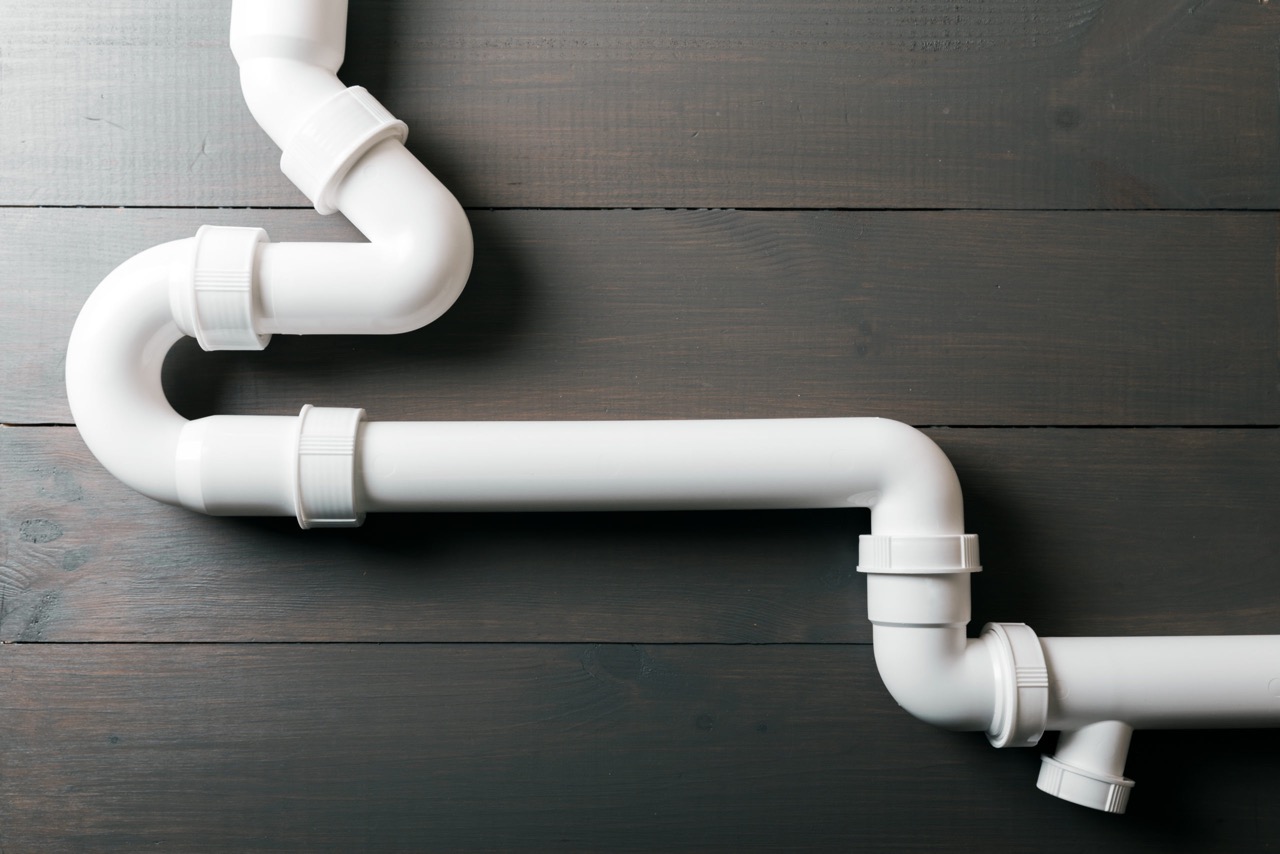
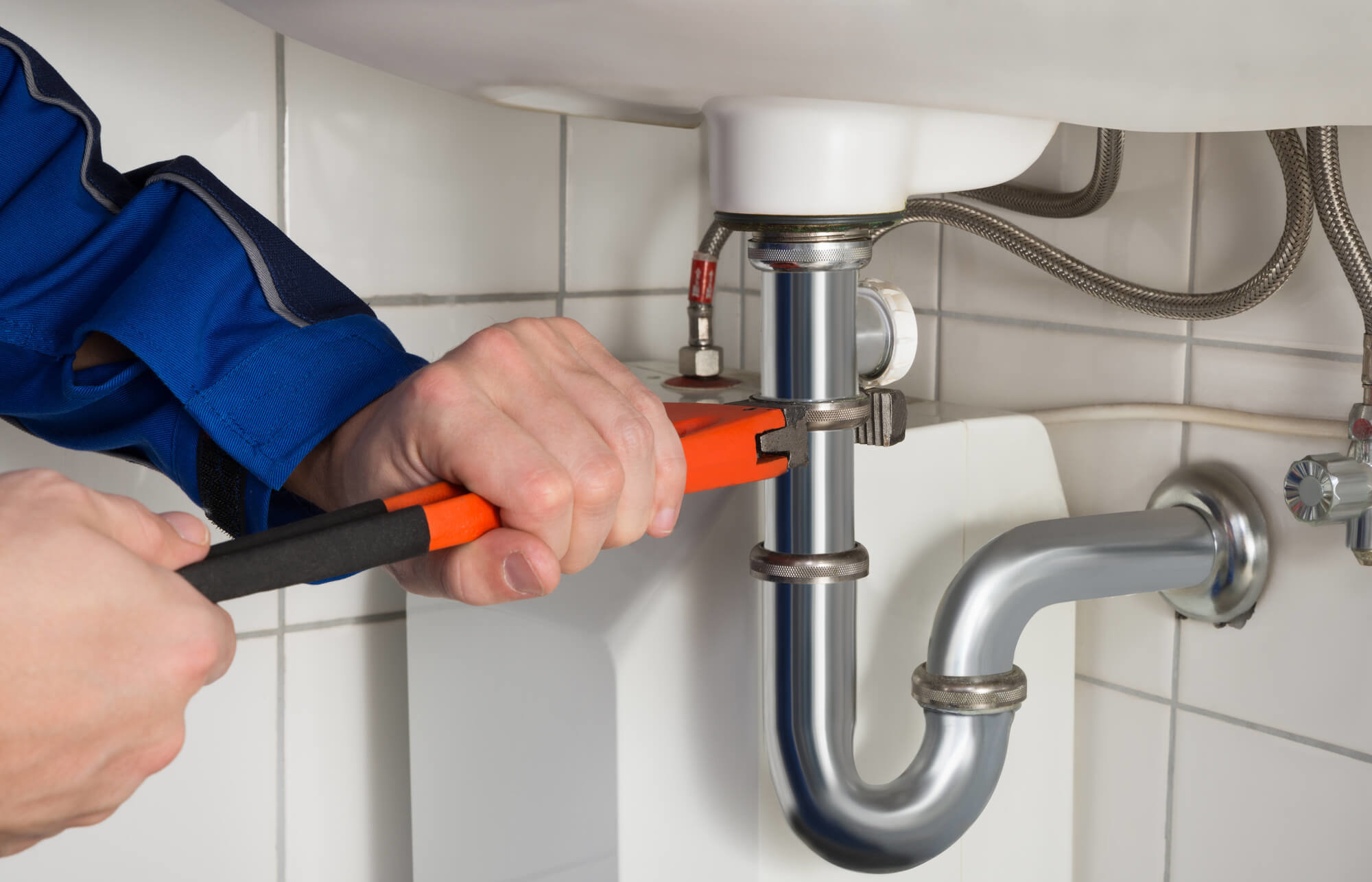
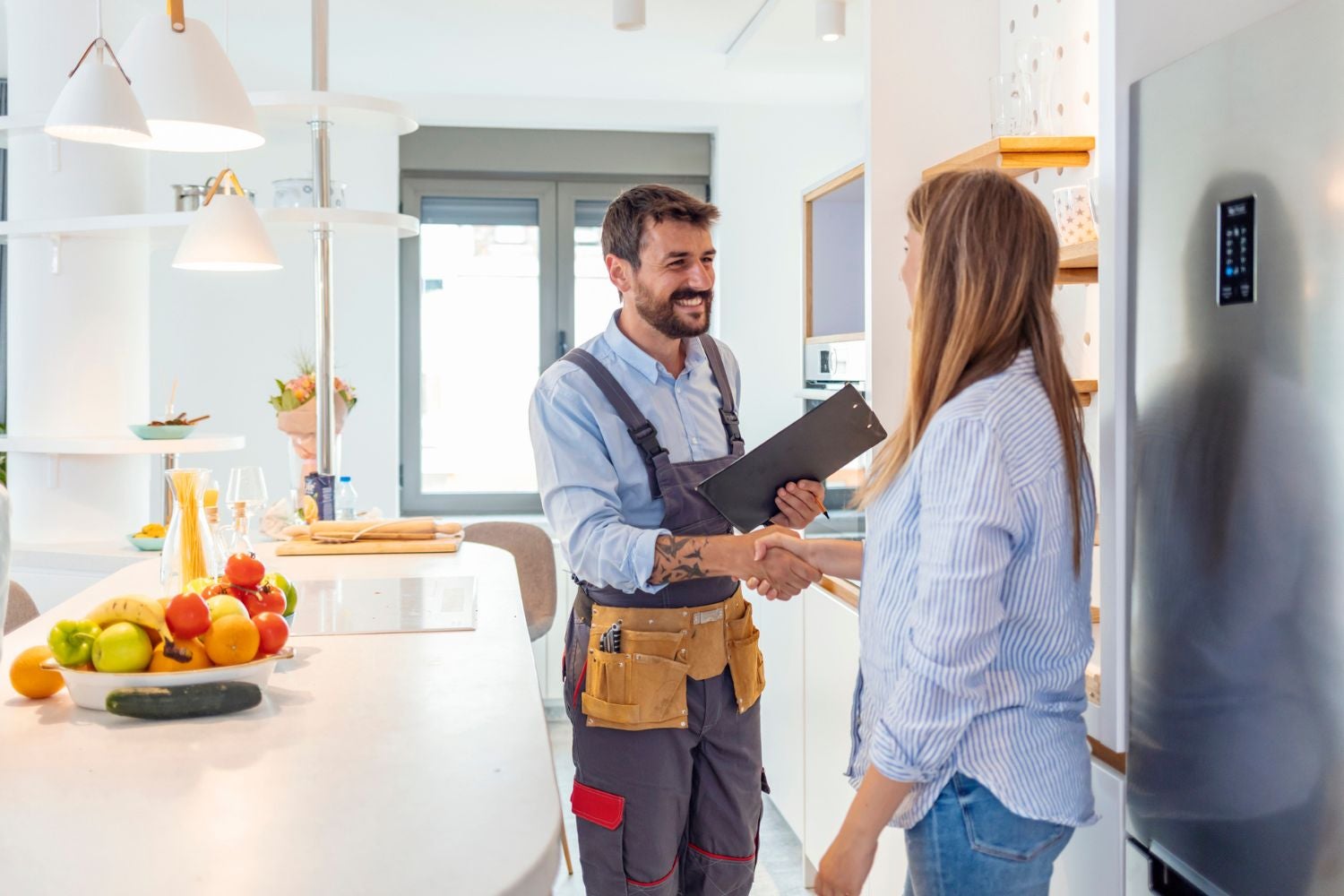

0 thoughts on “How Much Does It Cost To Do Plumbing In A New House”